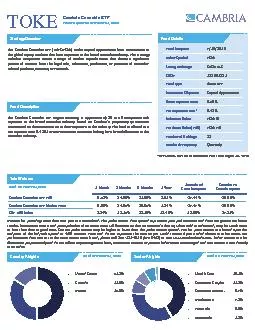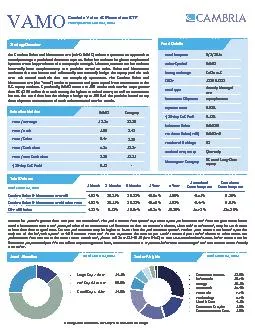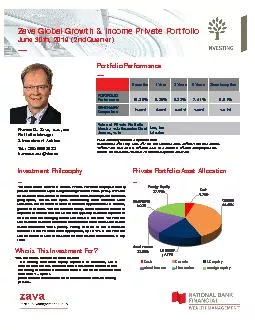PPT-European skills and jobs survey in ETF partner countries
Author : esther | Published Date : 2024-01-03
Digitalisation and digital transition Selected results for Western Balkans 07112023 2 Albania Bosnia a nd Herz e g o vi na K os o v o North M a c e d onia S e
Presentation Embed Code
Download Presentation
Download Presentation The PPT/PDF document "European skills and jobs survey in ETF p..." is the property of its rightful owner. Permission is granted to download and print the materials on this website for personal, non-commercial use only, and to display it on your personal computer provided you do not modify the materials and that you retain all copyright notices contained in the materials. By downloading content from our website, you accept the terms of this agreement.
European skills and jobs survey in ETF partner countries: Transcript
Download Rules Of Document
"European skills and jobs survey in ETF partner countries"The content belongs to its owner. You may download and print it for personal use, without modification, and keep all copyright notices. By downloading, you agree to these terms.
Related Documents














